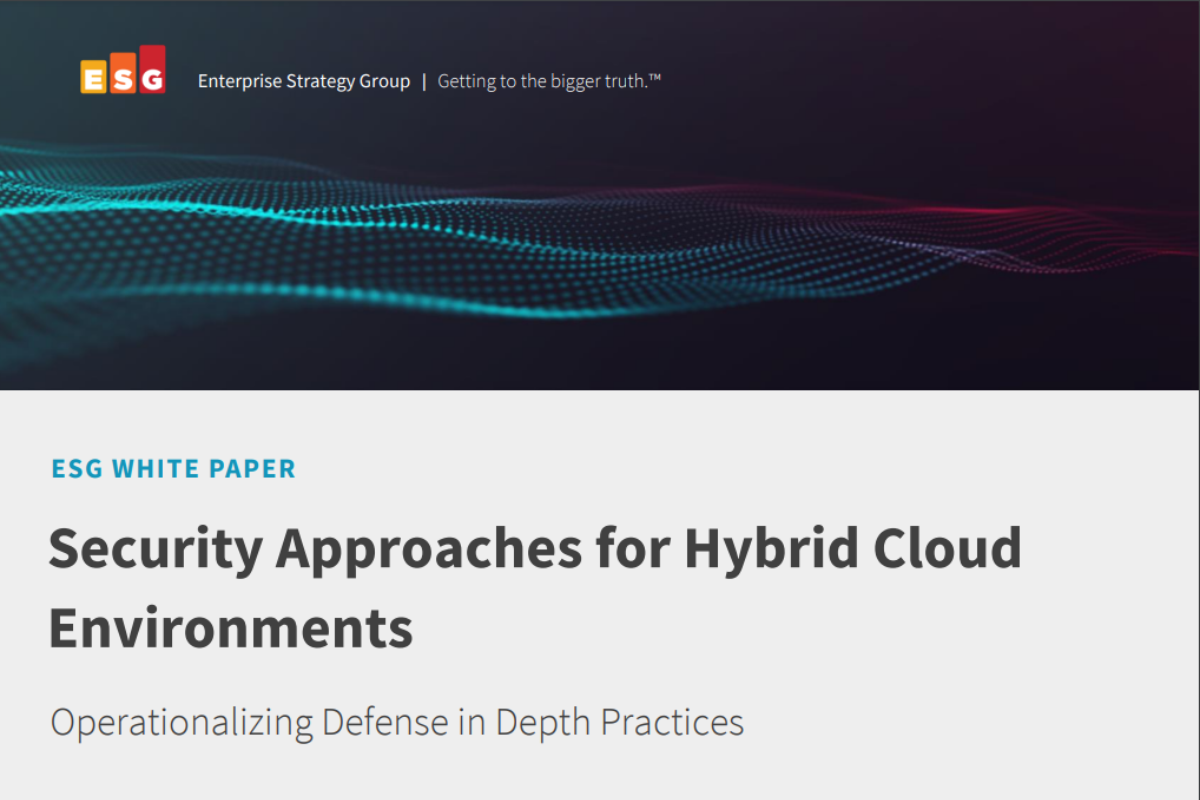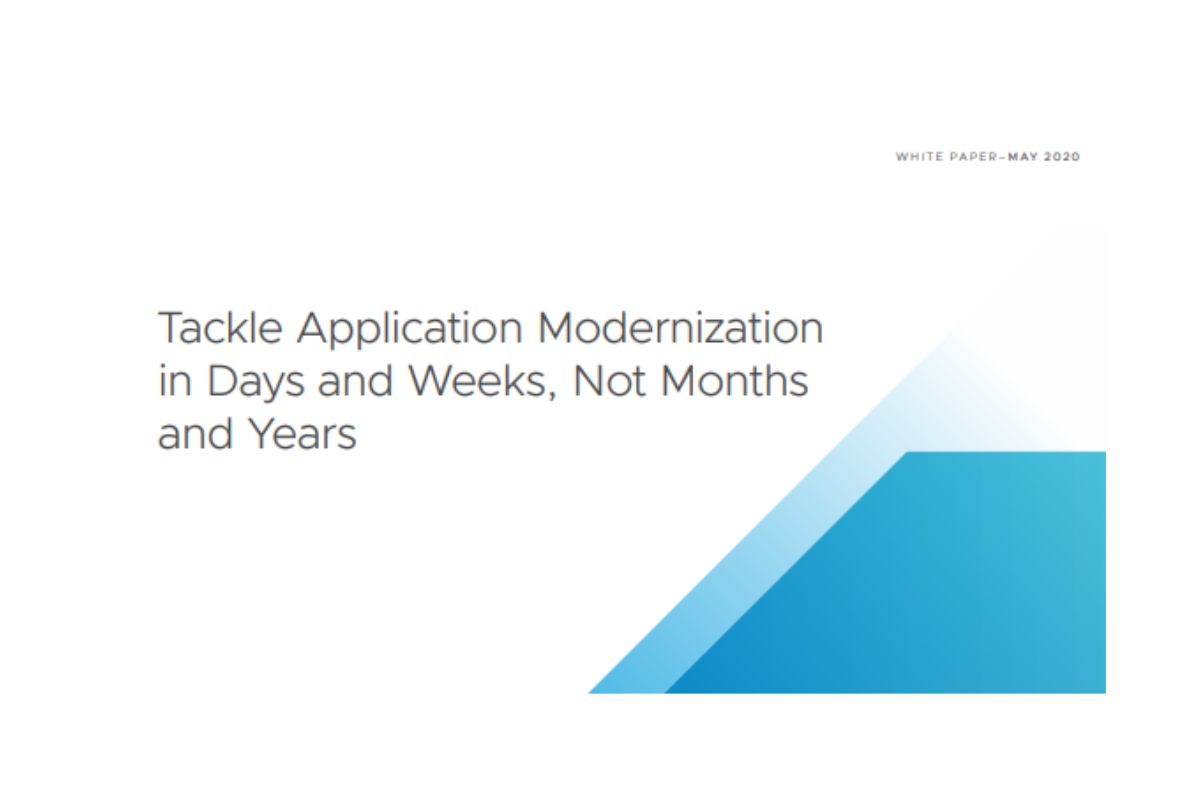Digital transformation initiatives, along with cloud-first policies intended to gain greater business agility, have resulted in the broad adoption of cloud services as well as an unintended consequence—a cloud security readiness gap. This dynamic is highlighted by research conducted by ESG in which nearly nine out of ten (88%) surveyed organizations agreed that they need to evolve their cybersecurity program for cloud-native applications and their use of public clouds.
Amidst the shift to public clouds, customer-managed environments, including those that are on-premises and in co-location facilities, remain a critical and prominent aspect of the modern IT landscape. As such, hybrid clouds are, indeed, the norm of the modern data center. The disparate environments that comprise hybrid clouds have increased complexity, with many organizations finding it challenging to unify best practices across teams, technology stacks, and environments, impacting operational, security, and compliance objectives and requirements.
As a result, operationalizing hybrid cloud security is a strategic imperative, one that requires a holistic and layered approach to assure consistency across a heterogeneous landscape. While tried and true cybersecurity approaches still apply, including implementing defense in depth, new methodologies and technologies necessitate the modernization of cybersecurity programs across the core pillars of people, process, and technology. The objective of this paper is to explore the composition of hybrid clouds as well as the challenges associated with securing these dynamic and complex environments to set the stage to offer a series of best practices for a full stack, full lifecycle approach.





